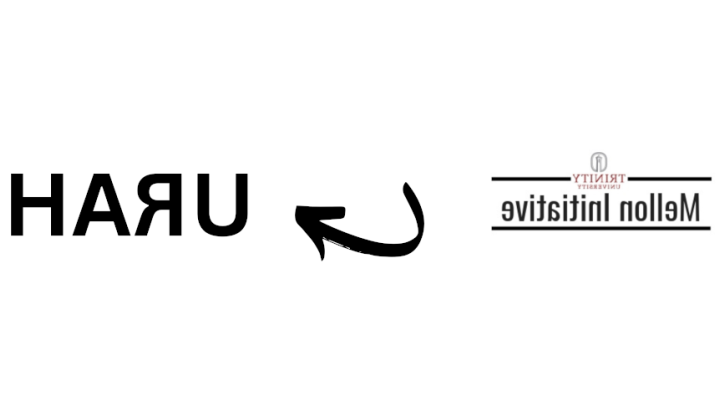
如果你试着把你的研究提交给会议或期刊, 你可能被要求提交一份“摘要”.“在我们的课程中,我们没有太多写这类东西的练习, 所以我们认为一个简短的指南会有所帮助. What follows is written by Dr. 艾米丽·格雷维特,前澳门金沙线上赌博官网学习与教学合作副主任.
What is an abstract?
摘要是一篇文章的简短总结, thesis, dissertation, book, conference presentation, poster, or any other original argument. 摘要通常需要被会议论文集接受或出版. 通常限制在100-500字以内.
What is the purpose of an abstract?
The abstract can:
- 帮助读者快速确定作品的主题和主要目的.
- 给读者关于作品最基本和有用的信息, without requiring them to read it all.
- 帮助读者找到并选择他们可能对自己的研究有用的工作.
- 允许审稿人评估一篇论文是否值得被期刊或会议接受.
- 提供工作的简短概述/预览,可以包含在期刊和/或会议的程序和其他宣传材料中.
你可以在哪里包含或提交你的工作摘要?
- A journal
- A conference
- A book or collected volume
- A class
- 助学金,奖学金或其他资助申请
- 一份学术履历(CV),或者不太可能是一份简历.
摘要主要有两种类型:
第一种类型是学者写她已经完成的工作 (e.g., a paper she has already written). 这是一个向后看或回顾类型的抽象, 因为所有要包含在摘要中的信息都是现成的.
第二种类型是学者对尚未完成的工作写摘要. 这通常发生在一个学者提议在一个遥远的未来的会议上发言时. 这种类型的摘要具有前瞻性或前瞻性, as the scholar is only forecasting what he plans to do; he has not yet completed all of the work. 通常,最终的成果与学者最初在摘要中提出的内容有所不同.
Important note: 虽然没有一种正确的方法来创造它们, abstracts in STEM (Science, Technology, Engineering, 和数学)的结构往往与艺术和人文学科的结构非常不同,这仅仅是因为STEM的研究过程, and thus reports, 高度一致,通常是公式化的标题, abstract, introduction, materials and methods, results, discussion, conclusions, acknowledgements, and literature cited. 虽然艺术和人文学科的摘要也倾向于包括几个共同的元素(见下文), you may notice more variety in them.
How to Write an Abstract:
论文或演示摘要通常包含以下六个元素(改编自) http://theprofessorisin.com):
1)一个在你的领域广泛争论的大问题或话题
2)关于这个话题的文献/学术上的空白
3) your project that fills this gap
你在论文中考察的具体材料
5) your original argument
6) a strong concluding sentence
这六个要素中的每一个通常包含在一个句子中:
Sentence 1: 在你的领域中讨论的大主题, 可能参考特定的学者和/或以前发表的文献.
Example wording: xxxx的问题在xxxx领域引起了广泛的争论, XXXX、XXXX等学者争论XXXX.”
Sentence 2: Gap in the literature on this topic. This gap in knowledge is a problem. (你也可以用这个空间来解释原因.这是摘要的关键句子之一.
Example wording: “However, 这些作品/文章/论点/观点没有充分解决XXXX的问题.”
Sentence 3: Your project fills this gap. (你也可以用这个空间来解释.)
Example wording: “我的论文讨论xxxx问题,特别关注xxxx.”
Sentence 4+ (length here depends on the word limit of the abstract; this is a place to expand, 如有必要):你正在检查的具体材料:数据, texts, theories, scholars, etc. 以及你对材料采取的方法(例如.e.(你使用的是什么方法或途径).
Example wording: “具体来说,在我的项目中,我将关注xxxx和xxxx,以展示xxxx. I will discuss xxxx and xxxx, 并将它们与XXXX和XXXX并列, 为了揭示之前被误解的XXXX和XXXX之间的联系.”
Sentence 5: 你的主要论点和贡献,清楚而简洁地陈述.
Example wording: “I argue that xxxx….”
Sentence 6: Strong conclusion!
Example wording: “In conclusion, this project, by closely examining xxxx, 通过论述XXXX,对被忽视/很少被承认/很少被承认的XXXX问题有了新的认识.”


